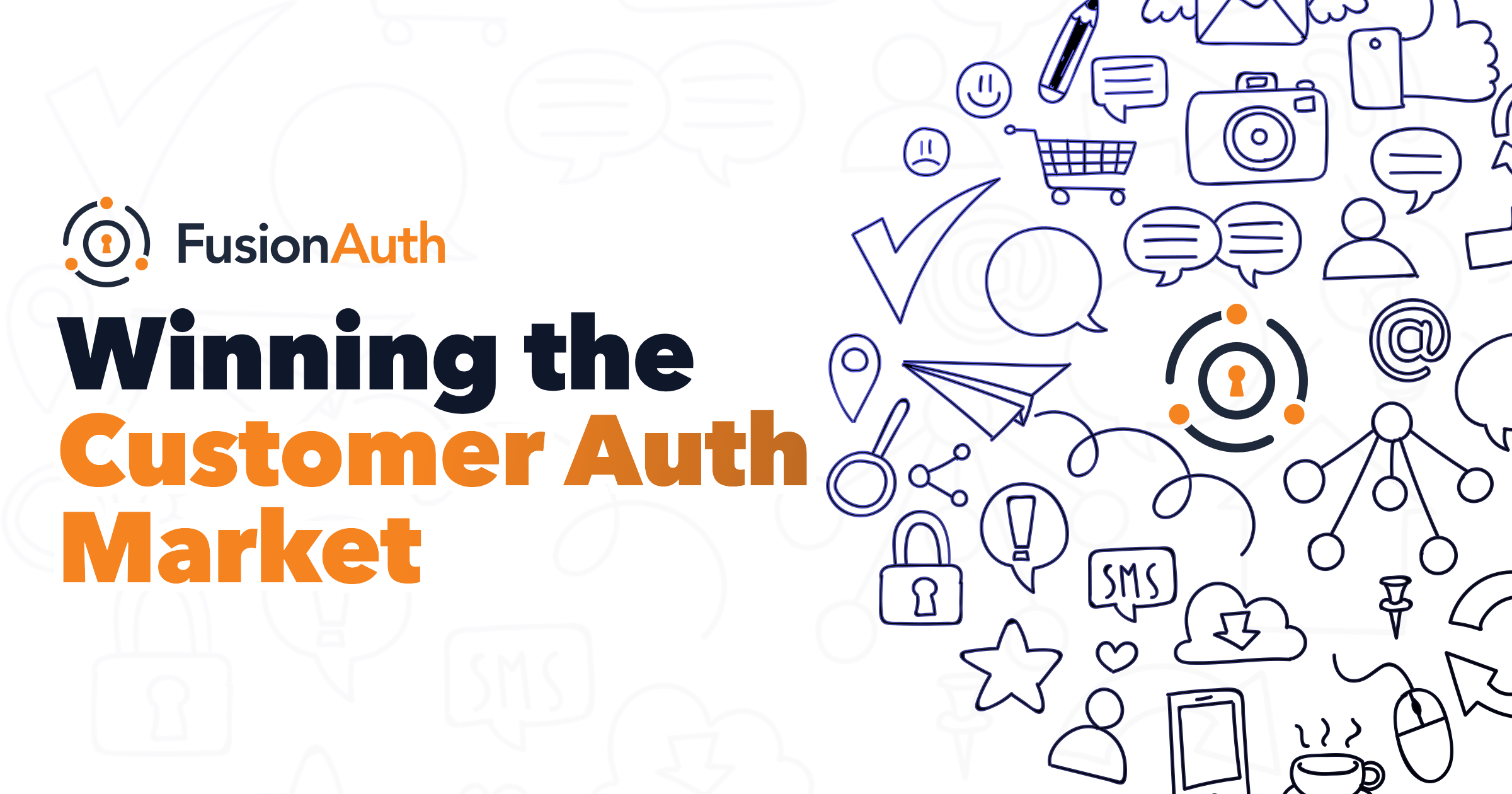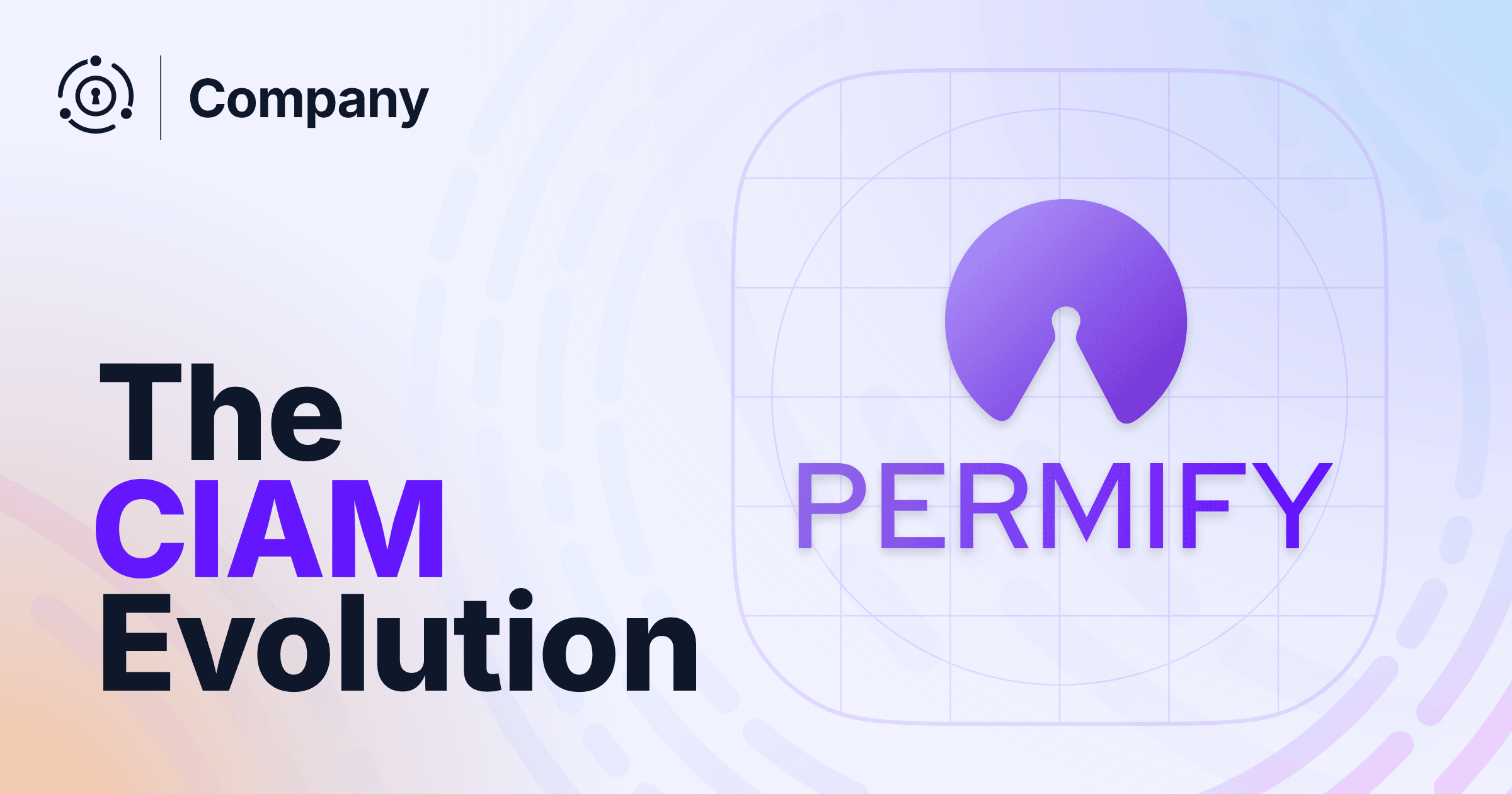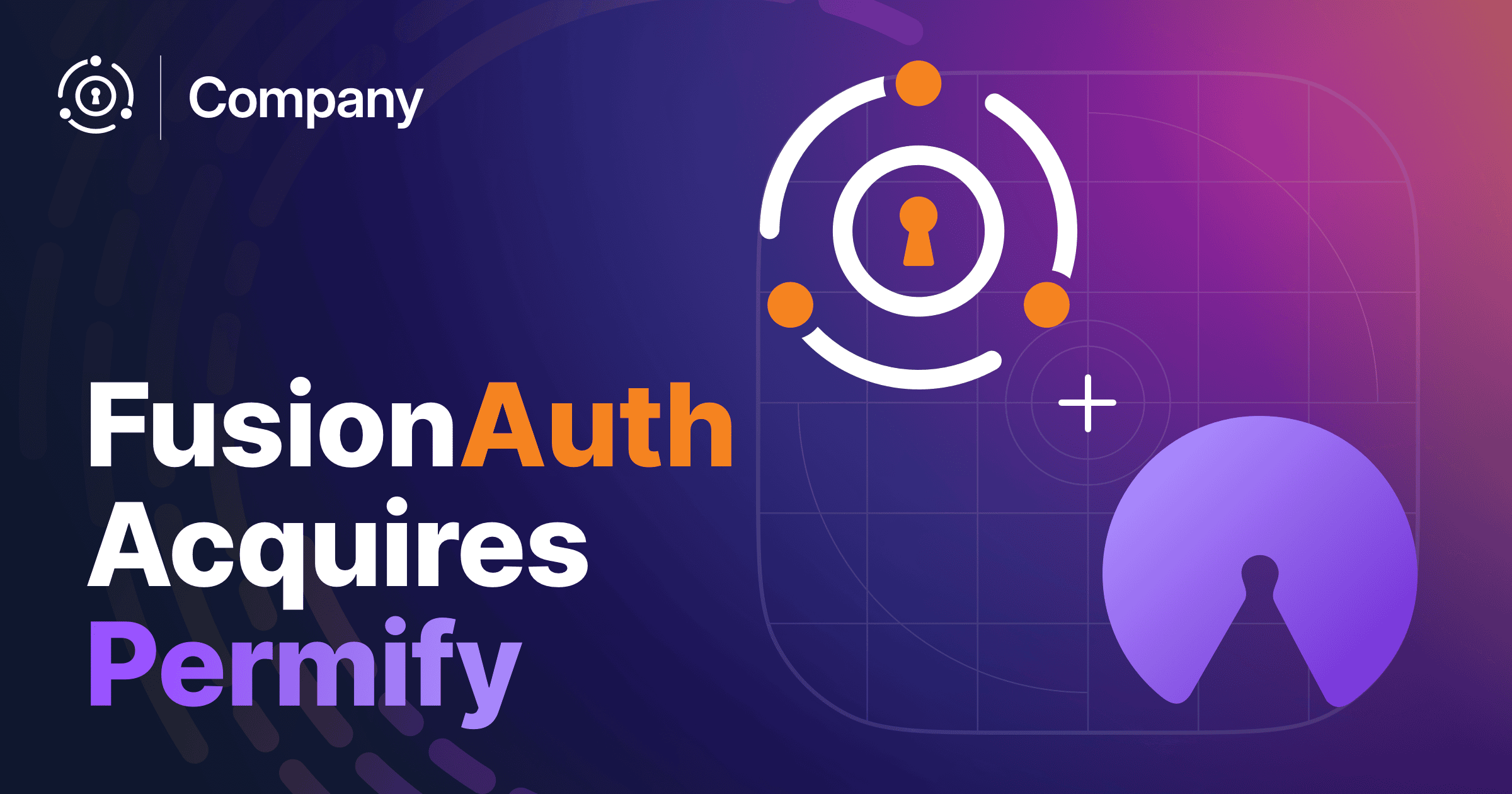My name is Mark van Oppen, and I am the Vice President of Sales for FusionAuth. Over the last 12 years, I have had the privilege of selling wonderful products rooted in open-source software and infrastructure. In 2013, I was the senior seller at Blue Box Group, representing OpenStack private cloud infrastructure before we were acquired by IBM. In 2017, I was the first sales hire at Heptio and we focused on Kubernetes. After scaling the business we were acquired by VMWare where I led a global sales team. Each of these roles was providing a “critical path” product to our customers, and a foundational function in a customer’s business.
In 2022 I joined FusionAuth, where we also sell a product that is in the critical path for our customer’s revenue, and their users’ direct experience of their brand. Deference for this position in their business is foundational to all our interactions with our customers.
My goal today is to explain our market position and the customer identity and access management (CIAM) landscape in more detail. Despite previous successful periods of growth, I can confidently say that I have never been in such a strong position to deliver value for customers than today backed by a proven product.
Excited to share more below.
The problem CIAM solves
Any adult over the last 10 years has direct experience interacting with login technology. Virtually every industry has embraced the concept of customer login to deliver a tailored experience; retail, streaming services, edtech, healthcare, fintech, gaming, and of course any type of SaaS; creating an identity and getting access to your account online is now an expectation. Further, when considering who these users are across industries, it’s clear they have widely varying user behavior patterns and friction requirements. For example, my personal login activity to tax return software is very different from my login activity to Spotify, which is also different from my Fantasy Football profile.
This anecdotal growth trend is backed up by data; the identity market is expected to grow more than 18.5% CAGR over the next five years. Companies lean on this technology because it’s a business imperative. Nobody can afford to forgo the market intelligence and insight that customer identity offers, and it is often a necessary security gate for service delivery.
Additionally, customer login has emerged as a standalone function within the microservices design strategy. Interacting with more discrete services, frequent updates, and a large number of moving parts has made customer login a more nuanced and complicated thing. It’s also imperative to stay aligned with evolving laws, consent requirements, and data isolation standards that didn’t exist a decade ago. This evolution means that customer login is an obvious candidate to require its own service level and availability targets, a core function often neglected until it breaks.
Customers being able to log in is akin to being “Open for Business,” and it doesn’t get more critical.
The CIAM market
The market for identity technology is reasonably mature, but customer identity has become a distinct category. No provider has done more to solidify the terminology around customer login than Auth0. Over the last ~8 years, Auth0 pioneered a SaaS product for end-user login. This category of identity is defined as Customer Identity and Access Management, or CIAM. Auth0’s work culminated in an acquisition by Okta in May of 2021.
However, as with most technology trends, rarely is the first solution to market the ideal final product. Multi-tenant SaaS is a proven model but gets less ideal when unique performance, security, reliability (e.g. SLAs), or compliance requirements exist. Additionally, Auth0 had negative cash flow when it was acquired, and the pressure to deliver a return on investment (ROI) quickly arrived after the acquisition by Okta.
Today, the market cap of the combined Auth0-Okta business is only ~2x the acquisition price of Auth0, down from ~7x in 2021. The ROI pressure has manifested in several recent earnings calls that have stated a need to lower operating costs and increase average fees per customer. Consequently, they have monetized many user behavior patterns.
This phenomenon was expected by venture capitalists, who spent two years after the acquisition aggressively funding startups to build a clone of Auth0 in the same market. Unfortunately, building a full-featured Auth0 alternative is not a simple task, and most new entrants are hampered by the same multi-tenant deployment model limitations. Even fewer of these new market players are truly ready for production scale.
The fit
FusionAuth is not new. In fact, the product launched in 2016 and has been providing production CIAM technology ever since. Today FusionAuth provides customer login to hundreds of millions of monthly users, offers an available 99.99% SLA, and serves customers across virtually every industry. Additionally, the company is foundationally healthy and continues to grow at a dramatic pace. As of October 2023, we are also backed by one of the premier Washington DC-based growth equity firms; Updata Partners.
A key differentiator that continues to separate FusionAuth is flexibility in deployment model and pricing. Every customer of FusionAuth utilizes a dedicated deployment of FusionAuth that can be operated locally or hosted as a service by our team.
This is a powerful differentiator for several critical reasons; performance, compliance, price, and security. We provide the very best of SaaS product experience but also offer the benefits of local deployment, or even air-gapped installation. Every instance of FusionAuth is deployed and optimized for your use case, rather than for the most common use case.
Software updates are scheduled with customers instead of announced without a discussion. Because of FusionAuth’s history with gaming customers, the performance of FusionAuth is extreme. Each deployment of FusionAuth is capable of supporting many thousands of logins per second, which is hundreds of millions or billions of logins per month. Even better, we have customers operating at scale in production on six continents.
FusionAuth is designed to fit with a microservices application architecture and is proud to build on open standards. We do not market a single, proprietary feature or narrow developer perspective as the whole company’s purpose. Rather, we have designed a system that is very configurable and we focus each implementation on the business problem at hand. Furthermore, FusionAuth is truly API-first, which is very important to our developer audience.
The result is a full-featured CIAM platform that compares favorably to any competitor on the market. We even prioritize product development to fulfill customer requirements as our customers ask for feature enhancement. Being a nimble company means that we take input, and pull forward roadmap features for delivery in weeks rather than months or years. Our support organization also has a direct escalation path through product engineering. This tight alignment supports world class documentation and a robust set of resources for every customer use case.
The pricing
FusionAuth takes pride in pricing transparency. Our product pricing is organized around three variables, and we don’t hide them; infrastructure, software features, and user scale. Every version of our product can be purchased directly from the website, and we are available to write contracts as needed. FusionAuth bills annually by default, but has customers that prefer quarterly or monthly payments as well.
Each of our software tiers is loosely organized by the features and production readiness that is required by your workload: Community through Enterprise.
Monthly active users (MAU) is an imperfect measurement to gauge the complexity of an environment or user behavior, so we do not limit our contract structures around that variable. For a workload with less than 10,000 users, MAU isn’t a particularly informative measurement for system requirements. Instead, the critical or non critical nature of the application is much more relevant. Conversely, a workload with millions of monthly active users becomes a more nuanced conversation around behavior patterns and requirements. For example, when Taylor Swift tickets go on sale, a ticket vendor may experience a dramatic user spike attempting to buy tickets. However, no such spike behavior exists in a public utility bill pay system. Each scenario has common requirements, and vastly different needs. Users may also behave seasonally as they often do in education and retail verticals.
FusionAuth can contract around these problems and design a system that solves the business need. Book a time with my team to discuss here.
When considered, we win
To summarize, FusionAuth is in a remarkable position as we near the end of 2024. Customers have a distinct and underserved need, and FusionAuth is in an ideal position to provide value. We have a very healthy population of customers, dramatic growth, and we are not beholden to any influence that dilutes our mission to build the best authentication product available.
When we are considered alongside competitors, we win customer contracts at a staggering rate. It is a rewarding position to be in and comes down to these four points:
- Performance with open standards
- Simple and flexible commercial terms
- Isolated deployment model
- Rich public documentation and engineering-led support
If the last several years of growth are any indication, the market has validated our theory and we’d love to show you why.









